There's nothing more peaceful than gazing up at the full moon. Once a month, it lights up the night with its silvery glow, making the world a little more magical at any time of year.
The moon does a lot for us. It regulates tides, it helps us track time, and it's inspired thousands of pieces of art, music, and literature.
And even though we've been there, it still fascinates people today, and thanks to super-powerful cameras with mega-zoom capability, we can appreciate its landscape right here from Earth.
Love for the moon is also worldwide, and has spanned all periods of history, which is at once completely amazing and totally understandable. People of Earth just really like their moon!
In the Algonquin tradition, as well as in other Native American traditions, each full moon had its own name, one that reflected what was happening on Earth during that time of year.
It's a similar concept to our months, but specific to the full moon and the seasons. That means that each year, the dates for these moons will change slightly on our calendar.
Even today, you've probably heard terms like "Harvest Moon" or maybe even a "Hunter's Moon" or a "Blood Moon." And when you learn them, you'll realize that they totally make sense!
Let us know your favorite moon in the comments.
Special Full Moons in 2016
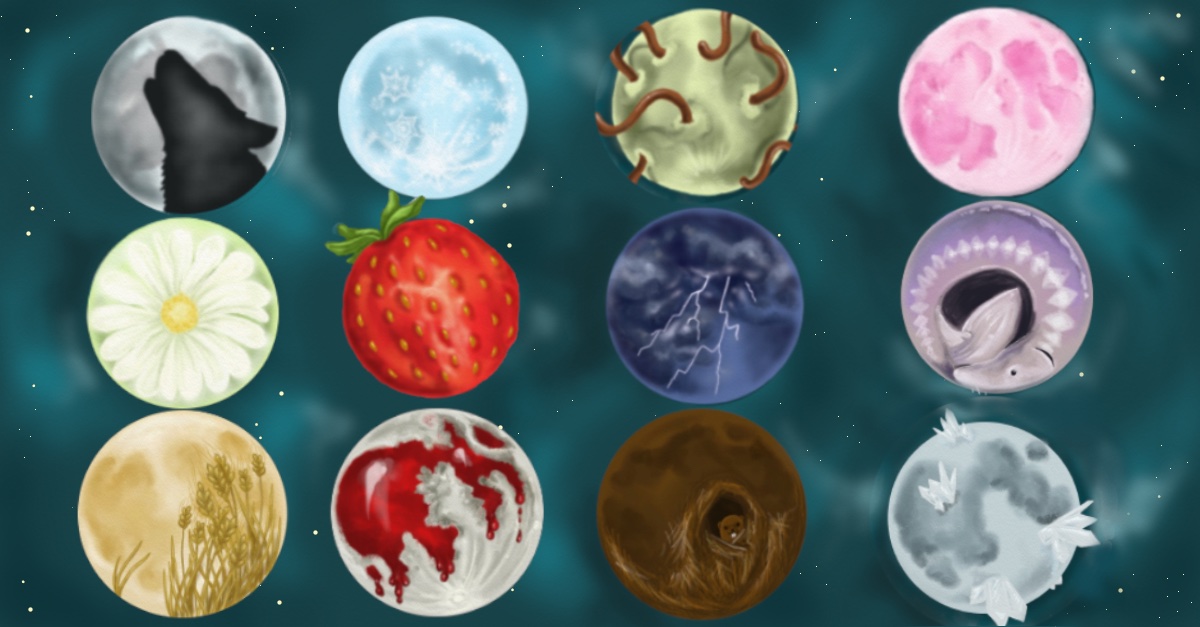
Each month of this year will witness a very special full moon.
To learn the dates and significance of each moon, scroll below — then let us know in the comments which you're most looking forward to!
Wolf Moon, January 24
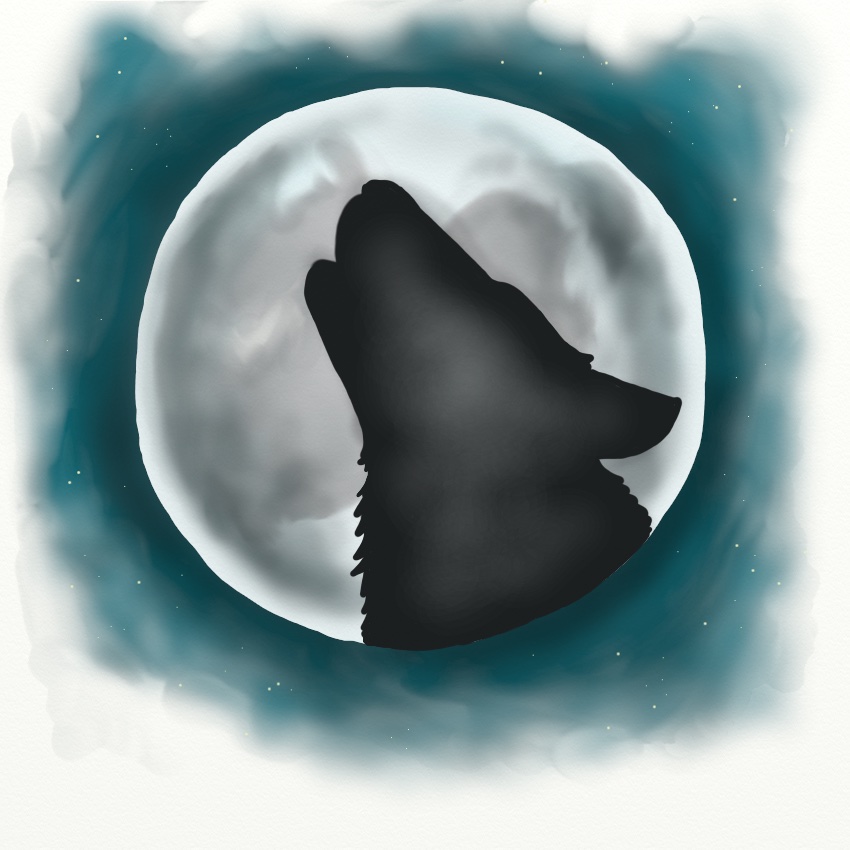
Also known as the Old Moon or the Sorrow Moon, this is the first full moon after the Winter Solstice. It’s named for the howling wolves that prowl the winter hills.
Snow Moon, February 22
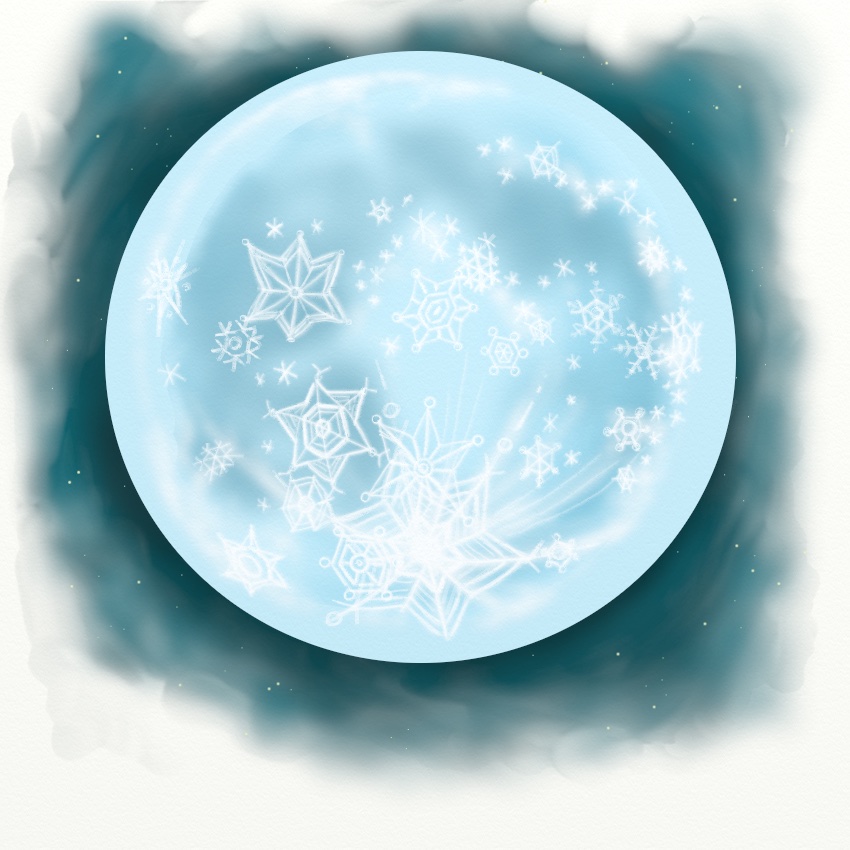
This moon was named after the snows that would blanket the landscape (at least, in the North), and it's sometimes called the Hunger Moon due to the scarcity of food. But don’t worry…
Worm Moon, March 23
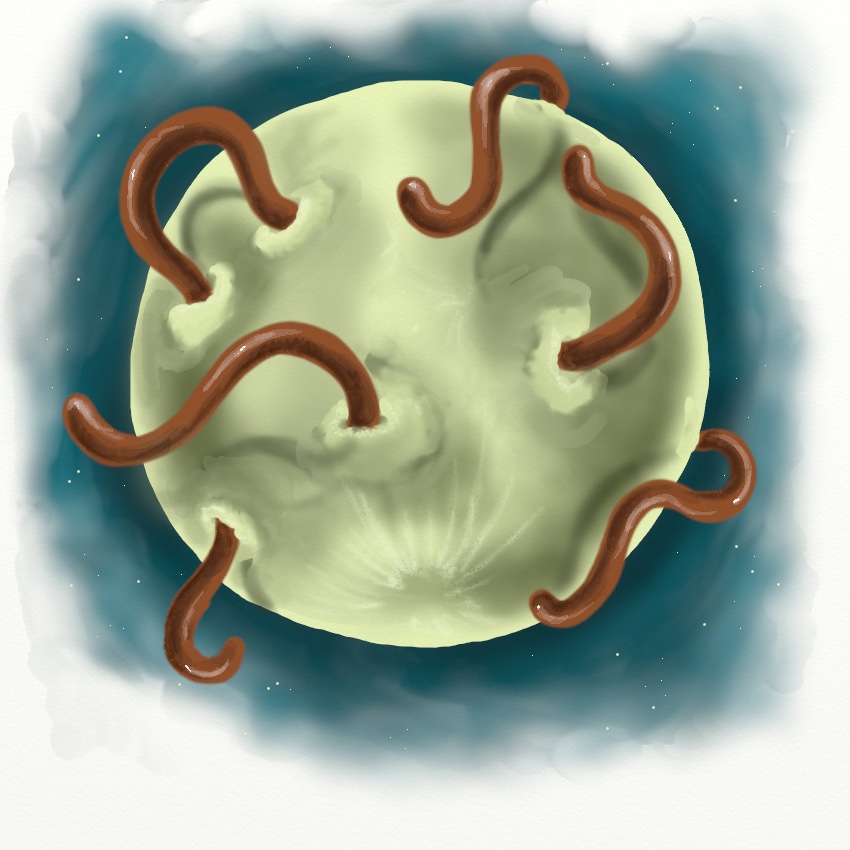
…because the Worm Moon is up next! The name sounds weird (and kind of gross), but it’s actually a reference to the coming spring, when the earthworms wake up.
It’s also been called the Crow Moon, signifying the early-spring activity of crows, and the Sap Moon, as this is the time of year that trees are tapped to make syrup.
Pink Moon, April 23
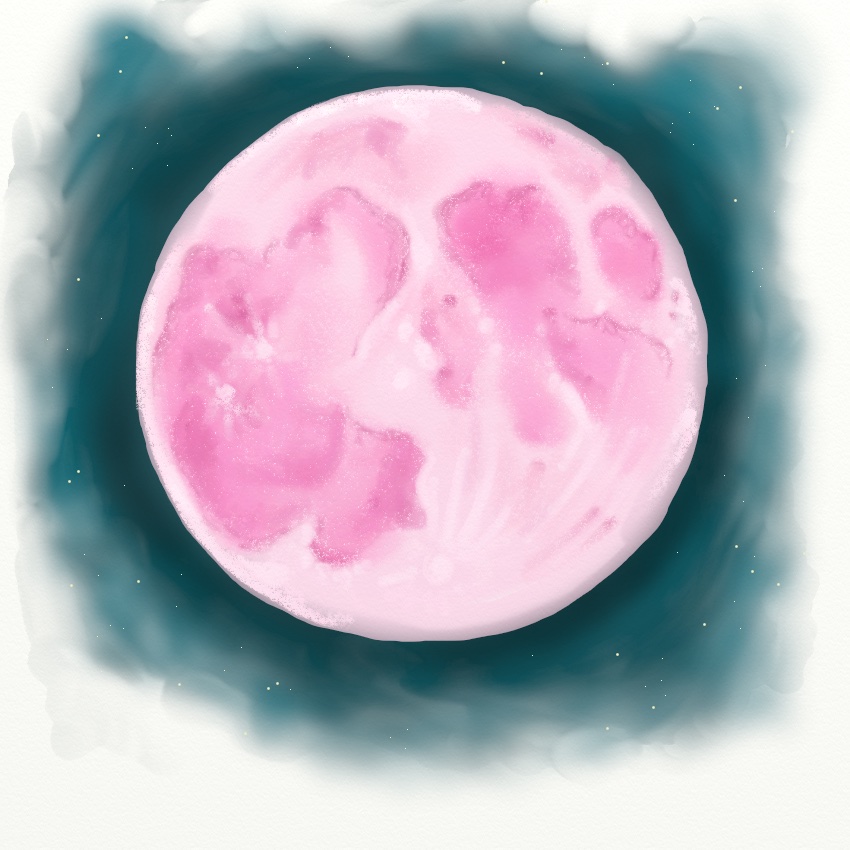
It’s thought that the pink in the name is a reference to the early spring flowers that would be seen around this time. It’s also been called the Egg Moon and the Fish Moon.
Flower Moon, May 21
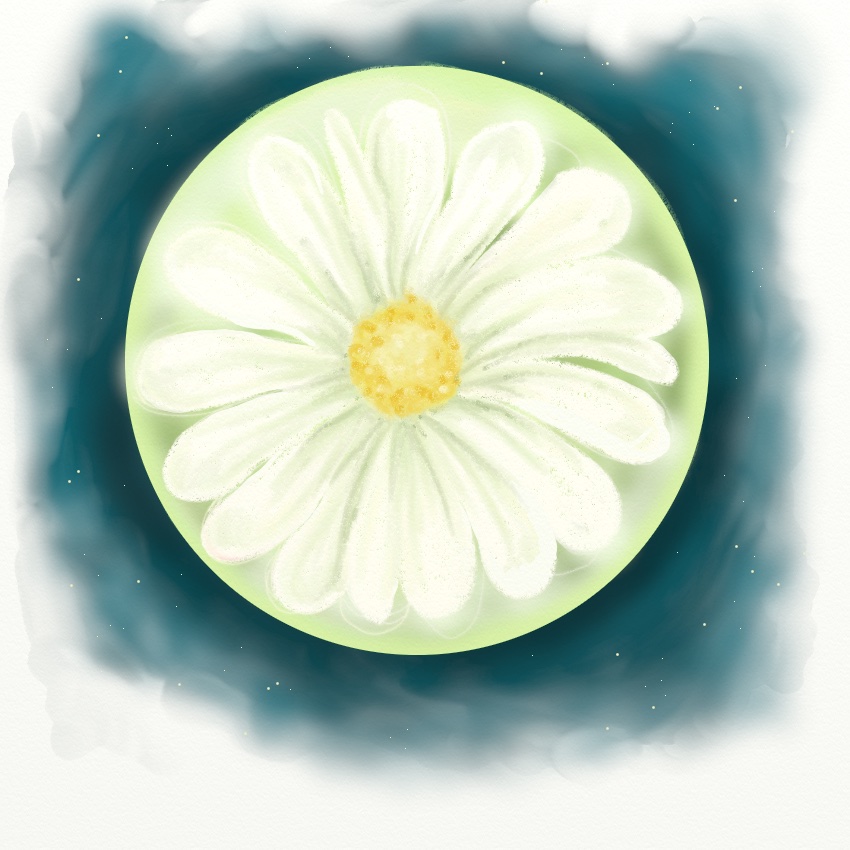
And things get even more floral in May with the Flower Moon, named for all the flowers that come out during this month.
Strawberry Moon, June 20
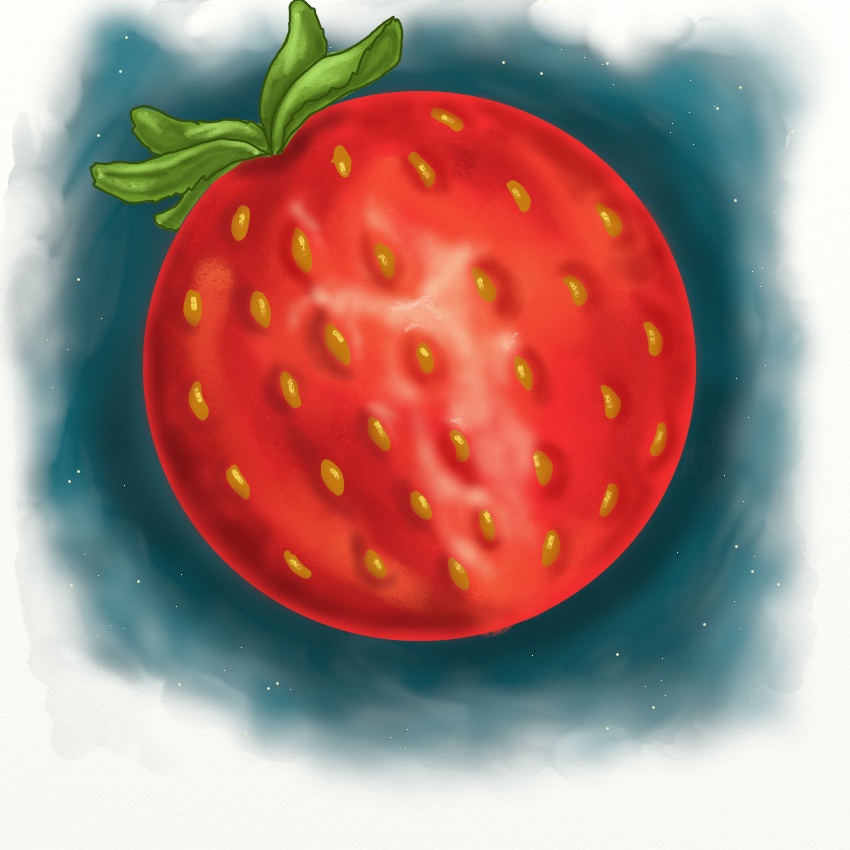
In June, the moon gets fruity, thanks to the ripening of strawberries and other berries.
Thunder Moon, July 19
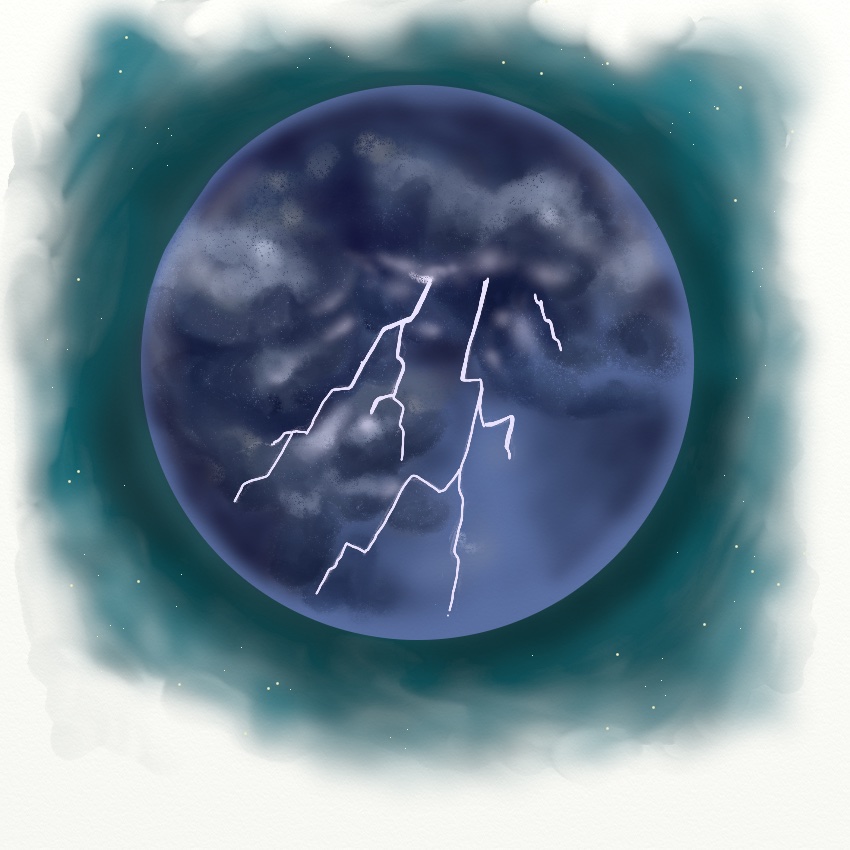
In summer, the sky is often turbulent with thunderstorms, and hence the name for this moon. It’s also known as the Buck Moon, because this is the time of year when new antlers emerge on the heads of male deer.
Sturgeon Moon, August 18
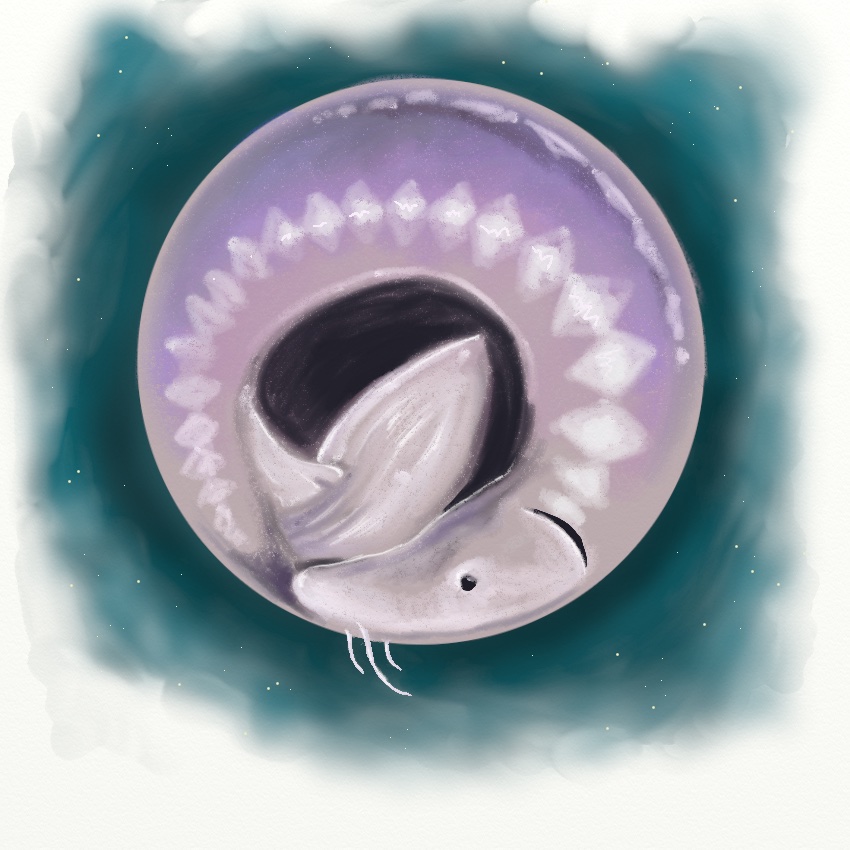
This full moon signifies the beginning of the harvesting and food gathering season of autumn, with the earliest signs being the large number of fish in the lakes of North America. It’s also called the Grain Moon and the Green Corn Moon.
Harvest Moon, September 16
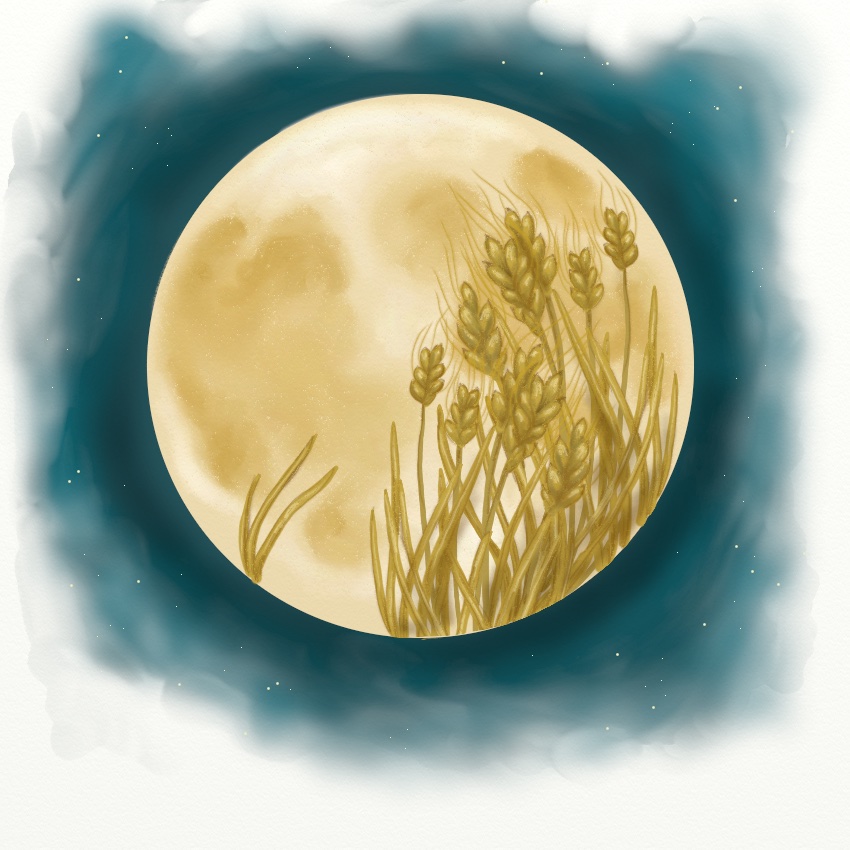
This one’s pretty self-explanatory! September is the month for harvesting and the month of the Autumnal Equinox, when the days start getting shorter. This is when crops are traditionally harvested and stored for winter.
Blood Moon, October 16
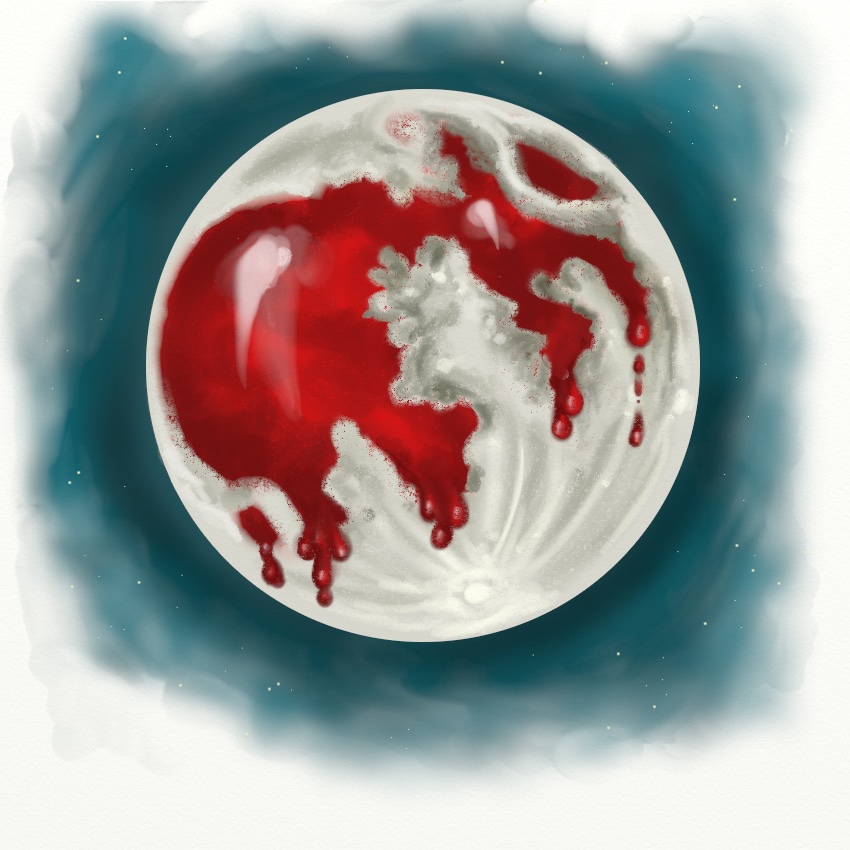
Also known as the Hunter's Moon, the blood here refers to the time when hunting, as well as slaughtering livestock, took over as the main source of food. And it's nice and spooky for Halloween.
Beaver Moon, November 14
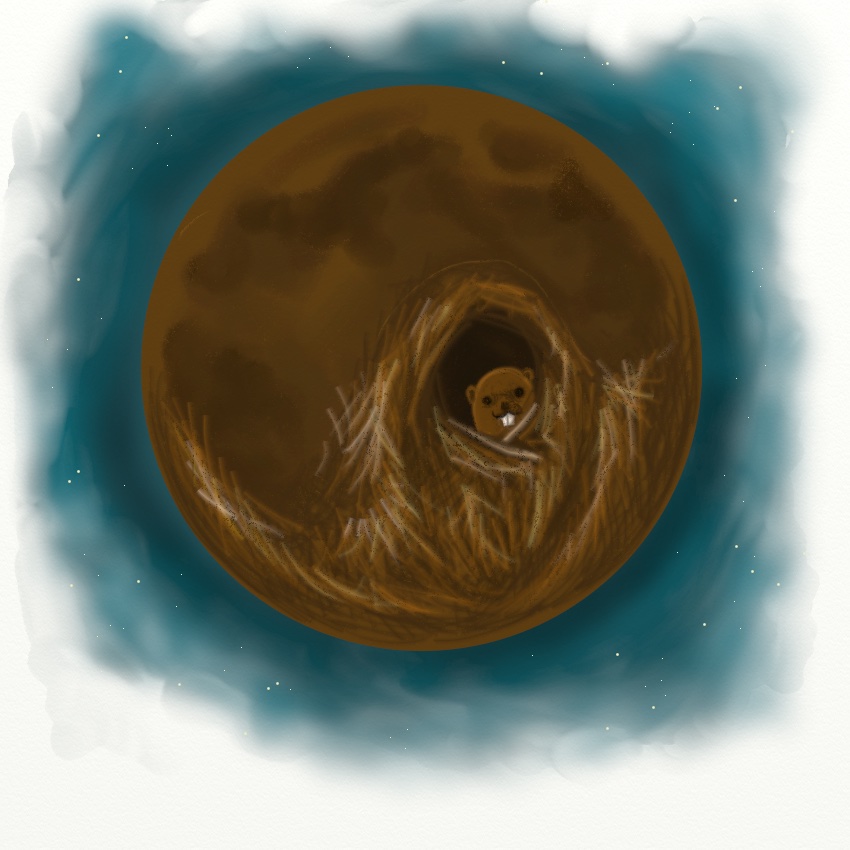
According to folklore, this is the month when beavers start preparing for winter, repairing their dams and hunkering down for the cold. And humans are doing the same thing!
Cold Moon, December 14
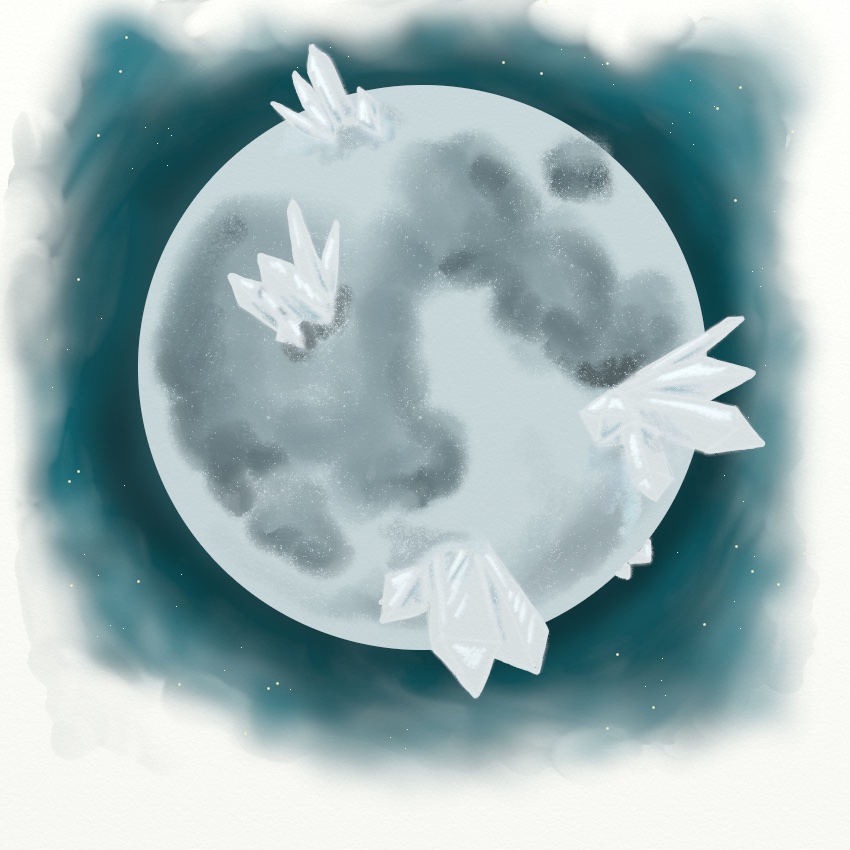
Again, this one makes a lot of sense! Because this month is, well, cold. It’s also the month that includes the Winter Solstice, the darkest day of the year.
Now the next time you find yourself under the light of the full moon, you can remember these old names and imagine how so many other people over hundreds of years have stood under the moonlight just like you.
SHARE these fascinating moons with anyone you know who loves the night sky!




